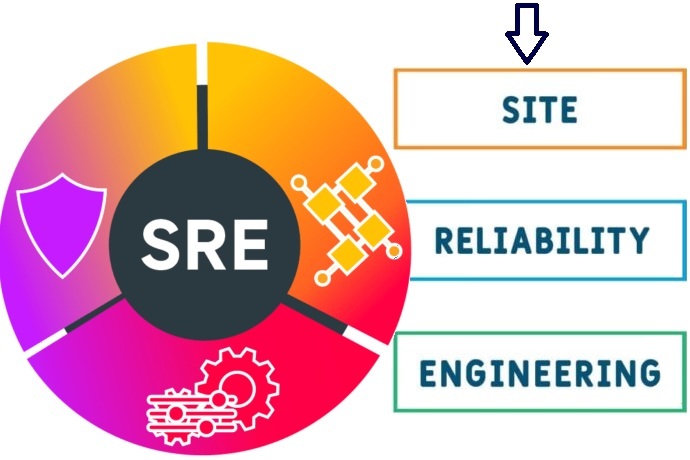SRE has since become a cornerstone of modern IT operations, embraced by organizations of all sizes seeking to ensure the reliability, scalability, and performance of their digital services.
Site Reliability Engineering is a mindset, a set of practices, and a cultural approach to managing complex systems.
SRE is guided by several key principles:
Service Level Objectives (SLOs):- SRE teams define specific, measurable goals for the reliability of their services, known as Service Level Objectives.
Error Budgets:- SRE introduces the concept of an error budget, which represents the acceptable level of downtime or errors for a service within a given period.
Automation:- Automation is central to SRE. By automating repetitive tasks, such as provisioning infrastructure, deploying updates, and responding to incidents.
Monitoring and Observability: SRE relies on robust monitoring and observability practices to gain insights into system behavior, detect anomalies, and troubleshoot issues quickly.
In SRE, roles are often defined based on the following responsibilities:
SRE Engineers:- SRE engineers are responsible for designing, building, and maintaining reliable systems.
Development Teams:- Development teams focus on building and shipping new features while collaborating closely with SRE teams to ensure the reliability and performance of their services.
Operations Teams:- Traditional operations roles are evolving in SRE environments, with a greater emphasis on automation, scalability, and reliability.
Site Reliability Engineering represents a paradigm shift in how organizations approach the reliability and scalability of their digital services.
